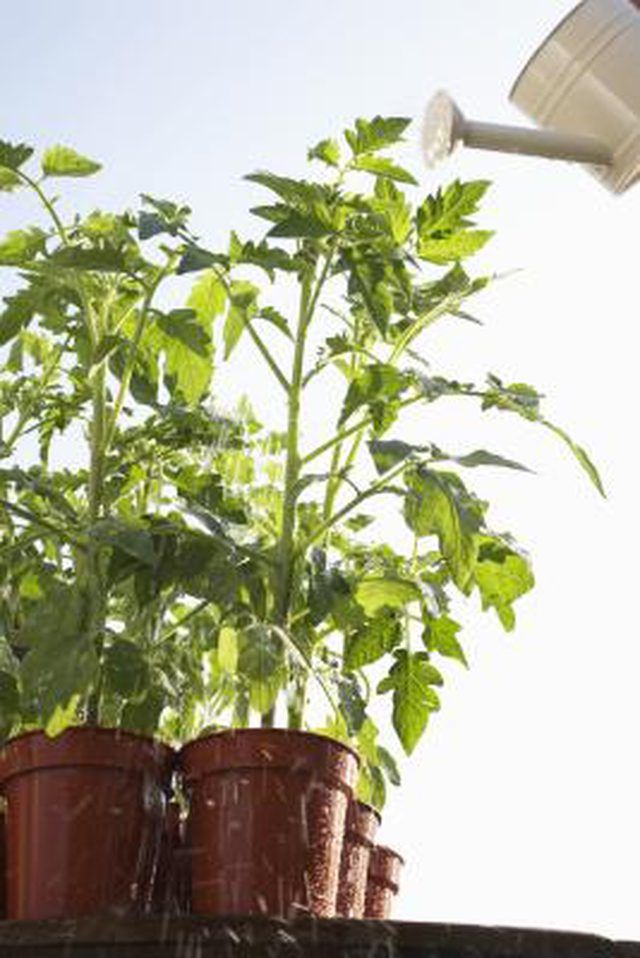Bulbs
Flower Basics
Flower Beds & Specialty Gardens
Flower Garden
Garden Furniture
Garden Gnomes
Garden Seeds
Garden Sheds
Garden Statues
Garden Tools & Supplies
Gardening Basics
Green & Organic
Groundcovers & Vines
Growing Annuals
Growing Basil
Growing Beans
Growing Berries
Growing Blueberries
Growing Cactus
Growing Corn
Growing Cotton
Growing Edibles
Growing Flowers
Growing Garlic
Growing Grapes
Growing Grass
Growing Herbs
Growing Jasmine
Growing Mint
Growing Mushrooms
Orchids
Growing Peanuts
Growing Perennials
Growing Plants
Growing Rosemary
Growing Roses
Growing Strawberries
Growing Sunflowers
Growing Thyme
Growing Tomatoes
Growing Tulips
Growing Vegetables
Herb Basics
Herb Garden
Indoor Growing
Landscaping Basics
Landscaping Patios
Landscaping Plants
Landscaping Shrubs
Landscaping Trees
Landscaping Walks & Pathways
Lawn Basics
Lawn Maintenance
Lawn Mowers
Lawn Ornaments
Lawn Planting
Lawn Tools
Outdoor Growing
Overall Landscape Planning
Pests, Weeds & Problems
Plant Basics
Rock Garden
Rose Garden
Shrubs
Soil
Specialty Gardens
Trees
Vegetable Garden
Yard Maintenance
How to Dry an Overwatered Plant
How to Dry an Overwatered Plant. Over watering is the leading cause of death in houseplants, according to university extension horticulturalists. In many cases, an over-watered plant begins losing new and old leaves at the same time. Some of its leaves will also develop brown spots and black leaf tips. In extreme cases, an over-watered plant can...

Over watering is the leading cause of death in houseplants, according to university extension horticulturalists. In many cases, an over-watered plant begins losing new and old leaves at the same time. Some of its leaves will also develop brown spots and black leaf tips. In extreme cases, an over-watered plant can become moldy and fungus may begin growing in its soil. Once you recognize the symptoms of over watering, it is important to dry out the plant as soon as possible. The longer the plant remains over watered, the more it suffers.
Stick your finger into the soil surrounding the plant to check the moisture level. From the feel of the soil, you should be able to tell if the soil is really wet, moist or dry.
Place an over-watered plant where it will receive maximum sunlight. The more light the plant receives, the more quickly excess water will evaporate from it.
Empty the plant potís liner if standing water appears in it. This prevents the excess water from being absorbed back into the soil. It also allows for more excess water to drain into this liner. As this occurs, continue emptying water from the liner.
Empty any water out of a decorative vase or pot, if using one for your plant. Do not allow water to stand in the saucers of plants in pots with drainage holes.
Force excess water out of the soil by gently pressing down on it. Then dump the excess water out of the pot.
Consider re-potting the plant to give it a fresh start. If the over-watered plant has begun suffering from root rot, cut these damaged sections of roots off before replanting it. Rotting roots are indicated by a soft, mushy texture.